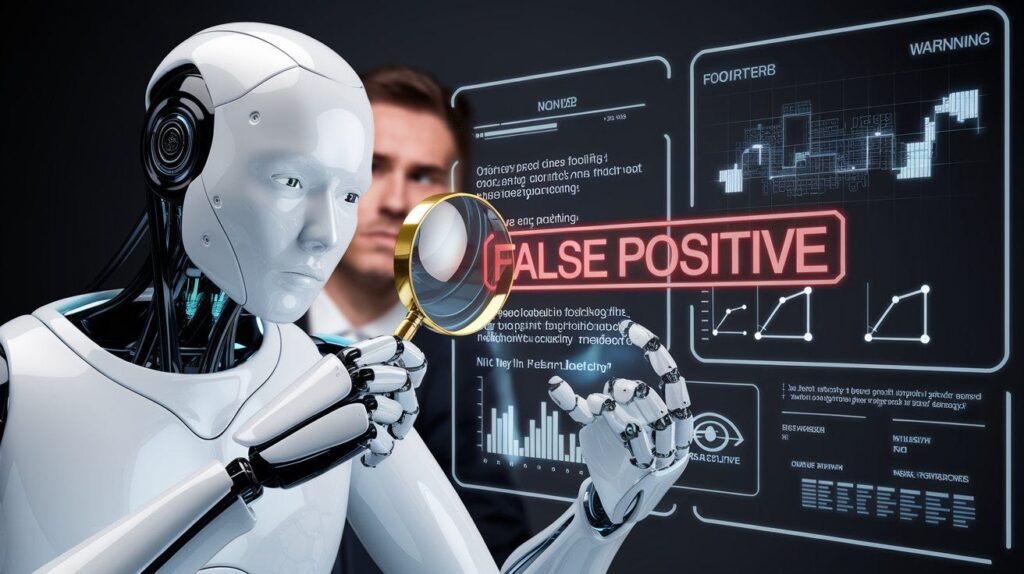
With the rapid advancements in artificial intelligence, AI-generated content has become increasingly prevalent. From blogs and social media posts to academic papers and news articles, AI-generated text is flooding the internet. While AI Detector tools like ChatGPT and Jasper AI offer significant benefits, they also raise concerns about authenticity, misinformation, and ethical considerations. This guide explores how AI detectors work, why they matter, and how you can effectively detect AI-generated content.
What is an AI Detector?
An AI detector is a tool designed to identify whether a piece of content is written by a human or generated by artificial intelligence. These tools analyze various linguistic patterns, sentence structures, and probability models to determine AI-generated text.
How AI Detectors Work
AI detectors use machine learning models trained on vast datasets to recognize the nuances of AI-generated text. They assess the following factors:
- Perplexity and Burstiness: AI-generated text tends to have lower perplexity (predictability) and lacks burstiness (variation in sentence complexity).
- Repetitive Patterns: AI-generated content often follows predictable structures and patterns.
- Semantic Coherence: Some AI-written texts may lack logical flow or exhibit inconsistencies.
- Linguistic Fingerprints: AI detectors analyze syntax, word choice, and phrasing patterns that differ from human writing.
Why is AI Content Detection Important?

1. Preventing Misinformation
AI-generated content can be used to spread false or misleading information. Detecting AI-generated text helps maintain credibility and trust.
2. AI Detector in Academic Integrity
Educational institutions use It to prevent plagiarism and ensure students submit original work.
3. Content Authenticity for Businesses
Brands and businesses rely on authentic content for SEO and customer engagement. Detecting AI-generated content ensures credibility and originality.
4. Combating Spam and Fake Reviews
AI is increasingly used to generate fake reviews, comments, and spam content. It help identify and remove such manipulative content.
Top AI Detection Tools
Several AI detectors are available to analyze text for AI-generated content. Here are some of the best AI detection tools:
1. Originality.AI
- Specializes in detecting AI-generated and plagiarized content.
- Commonly used by publishers and educators.
2. GPTZero AI Detector
- Designed for educators and academic institutions.
- Effective in identifying text generated by GPT-based models.
3. Writer.com AI Detector
- Free AI detection tool suitable for bloggers and content creators.
- Provides a confidence score for AI-generated content.
4. Copyleaks AI Content Detector
- Advanced AI detection tool for businesses and publishers.
- Uses deep learning models for high accuracy.
5. Hugging Face AI Detector
- Open-source AI detection model.
- Allows developers to fine-tune AI detection for specific use cases.
How to Manually Detect AI-Generated Content

While AI detectors are effective, you can also manually assess content for AI generation using these methods:
1. Check for Consistency and Flow
AI-generated content may lack logical coherence, with abrupt topic shifts and inconsistencies.
2. Look for Overuse of Certain Phrases
AI models often repeat certain phrases or words unnaturally.
3. Analyze Sentence Structure
AI tends to produce uniform and predictable sentence structures, whereas human writing exhibits more variability.
4. Fact-Check Information
AI-generated content sometimes presents misleading or incorrect information. Always verify facts with reliable sources.
Limitations of AI Detectors
While AI detectors are powerful, they are not perfect. Here are some limitations:
1. False Positives and Negatives
AI detectors can sometimes misidentify human-written text as AI-generated and vice versa.
2. Evolving AI Models
As AI writing tools become more sophisticated, detection algorithms must continuously evolve.
3. Contextual Challenges
AI detectors may struggle with detecting short-form content or highly edited AI-generated text.
Best Practices to Avoid AI-Generated Content
If you want to ensure your content remains authentic, follow these best practices:
1. Use Human Writers
Hiring professional writers ensures originality and authenticity.
2. Incorporate Personal Experiences
Adding personal insights and real-life experiences enhances credibility.
3. Cross-Check with AI Detectors
Running your content through multiple AI detection tools can improve accuracy.
4. Maintain a Unique Writing Style
Developing a distinct writing style can make your content stand out from AI-generated text.
AI-generated content is becoming more prevalent, making AI detection tools essential for content authenticity, academic integrity, and misinformation prevention. Understanding how it work and using them effectively can help ensure high-quality, credible content. While no tool is perfect, combining AI detection with human analysis provides the best approach to identifying AI-generated text.
By staying informed and proactive, you can navigate the evolving digital landscape with confidence, ensuring your content remains original and trustworthy.


